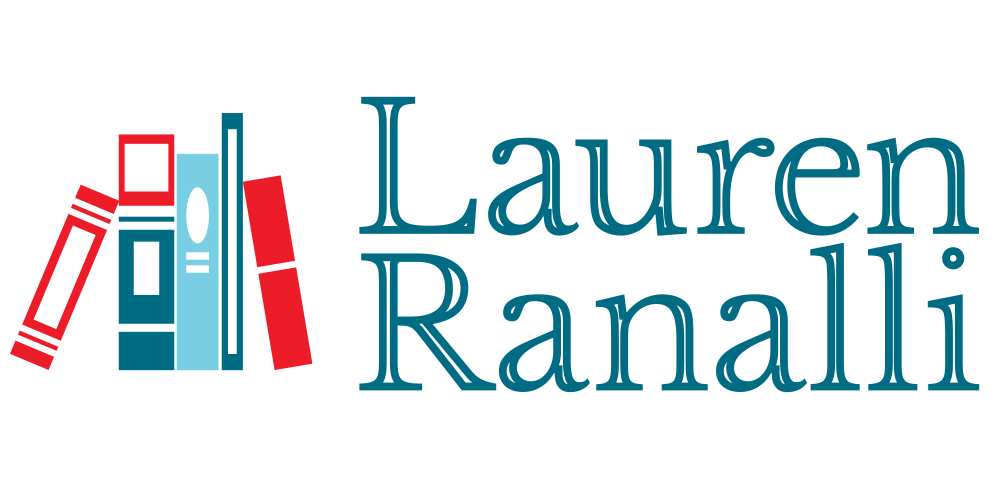Self-Publishing vs Traditional Publishing
If you are wondering how to become a published author, chances are you are debating self-publishing vs traditional publishing. Traditional publishing has its benefits. Your book can show up in every Barnes and Noble around the country. You may get an advance for your work. And you might have someone coordinate your book tour. All good things!
It’s a great option for many talented writers, especially if you are willing to put in 3 or more years of effort to see your book on the shelf. Traditional publishing may involve 1-2 years to find an agent and a publisher, and then another 2 years before the final book is released.
Here’s a little secret about me:
I am not a patient person.
Self-Publishing vs Traditional Publishing
Let’s clear up a misconception: Self-publishing is not the default for authors who could not find a publisher. Far from it!
Self-publishing is an active, creative decision. And it was the decision that was best for me. If you are an author considering your publishing options, here are a few benefits that I have found from the indie publishing or self-publishing world.
You set the timeline. I love that I can sketch out an idea in my notebook and, within the year, there will be a final book in print to have, hold, and read out loud! Now, don’t get me wrong, there are about 200 steps that happen between the notebook and the final product, but it’s on my own timeline. And with some determination, I can make it happen. My second book, “Places We Have Never Been” went from concept to final print in 8 months. And I couldn’t be happier with how it turned out!
You choose your costs. Every author needs a budget. As a self-published author, you do need to put in some up-front costs, which can be challenging. But you can also choose where and how to allocate those costs. For example, I chose not to hire an agent. And I was able to do a review swap with an editor, eliminating that initial expense. I researched the printer that is the best fit for my work and gives me a price point that allows me to make a profit on each sale. I can then re-purpose those funds into strategic marketing options that engage readers across the country. And all of those choices allowed me to do $10,000 in book sales during the first 3 months of my launch.
If you are a children’s book author, you choose the illustrator. When I was first researching publishing options, it became clear that, as a newer author, a traditional publisher would pair me with one of their own illustrators. That could have been a great option! But it was also clear that in the traditional setup, authors and illustrators work mostly independently, and there is not always the opportunity for true collaboration. I knew that I wanted to work with Emily Siwek, an amazing local illustrator. And so I got to make that decision and am happy that I did.
Good news! As an indie author, you can still get your book into Barnes and Noble, go on a book tour, and have readers across the country fall in love with your work. It may just take a little more elbow grease on your part, but it’s definitely doable- and can be incredibly exciting!
Ready to take the next step in becoming a self-published author, but still have a lot of questions? Grab The Self-Publishing Roadmap!
How to Self-Publish
When it comes to self-publishing, you need a plan. Better yet, you need a roadmap. Check out this author training to give you step-by-step resources for publishing your book!



